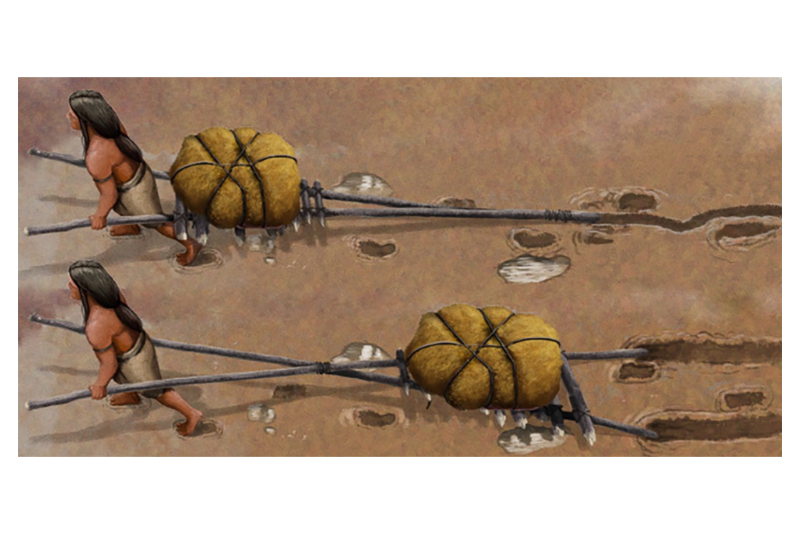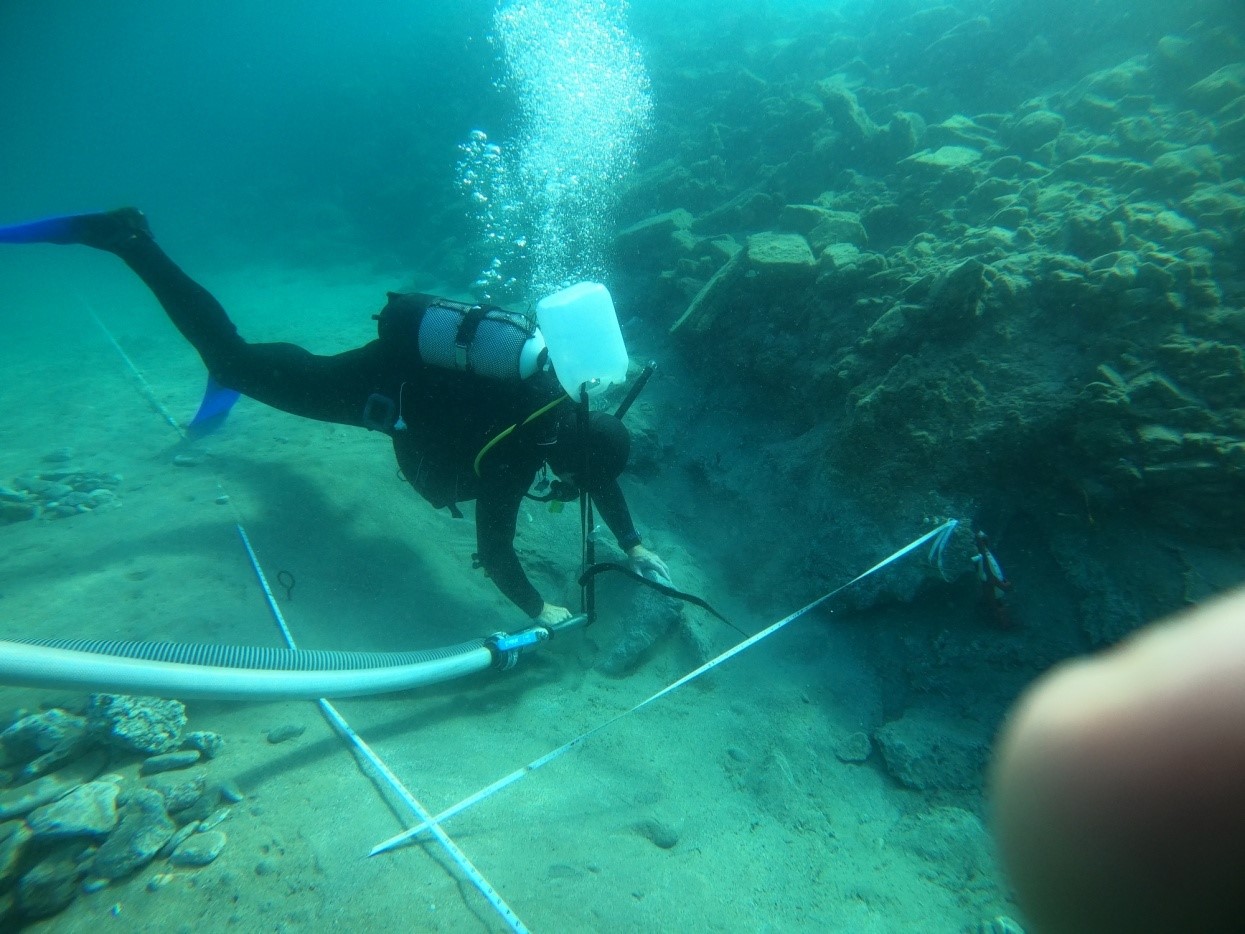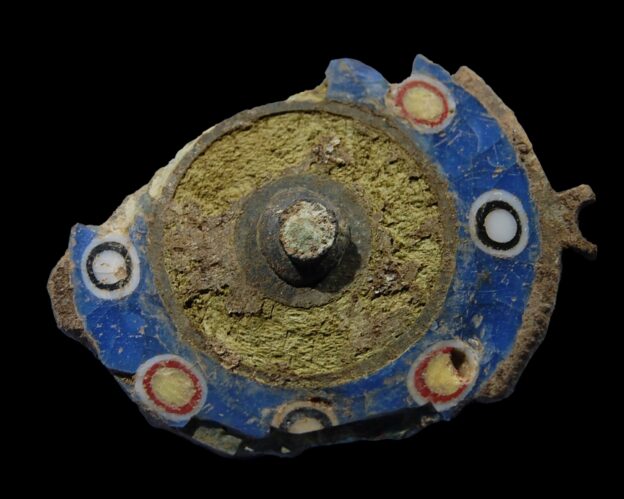A new study reveals one of the earliest transportation methods in human history. 22,000-year-old traces found in White Sands National Park in New Mexico indicate that our ancestors used the travois, a simple but effective means of transport, long before the invention of the wheel. This discovery provides striking insights into the technological skills of the first settlers in North America.
The study, led by Professor Matthew Bennett from Bournemouth University and published in Quaternary Science Advances, details the parallel and single-line drag marks found in the park. These traces, preserved in dried mud and covered with sediment, are thought to have been created by a travois, a basic transport device made by tying two wooden poles together. Historically used by indigenous groups across North America, the travois is redefined as a technology dating back thousands of years with this discovery.
Professor Matthew Bennett states that early humans likely used some form of transport to carry their belongings during their worldwide migrations, but wooden vehicles have decayed over time. The discovered drag marks provide the first concrete evidence of how our ancestors managed to move heavy and bulky loads before the invention of wheeled vehicles. The traces, ranging from two to fifty meters in length, indicate that they were pulled by humans rather than animals due to their proximity to human footprints. The fact that many of the footprints surrounding the traces belong to children suggests that groups of children either walked alongside or followed the adults.
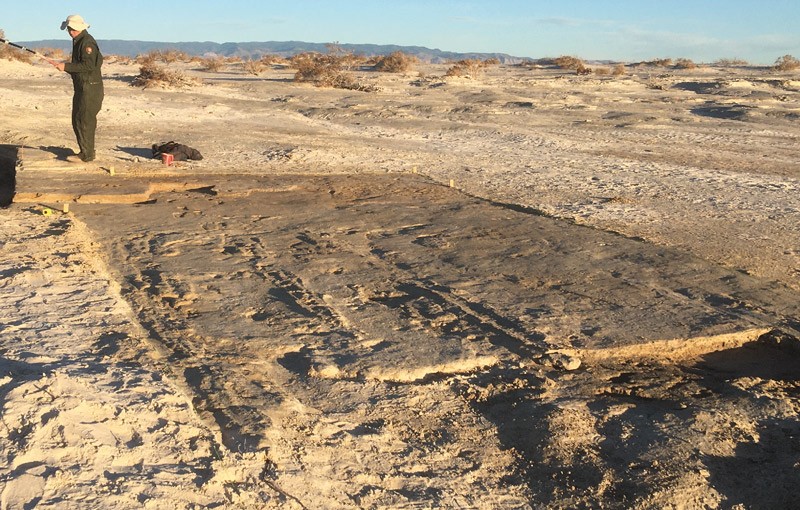
To validate their findings, the research team conducted tests by creating travois replicas and dragging them across mudflats in Dorset, UK, and the coast of Maine, USA. The mud marks created during these experiments closely resembled the fossilized drag marks found at White Sands. Dr. Sally Reynolds, a paleontologist at Bournemouth University and co-author of the study, emphasizes that every finding at White Sands enriches our understanding of the lives of the first people to settle in the Americas.
The discovery of the travois suggests that humans may have arrived in North America much earlier than previously thought. Previous studies at White Sands have revealed human footprints dating back 23,000 years, pushing back the timeline of human settlement on the continent by thousands of years. This challenges the widespread belief that humans first entered the continent around 15,000 years ago.
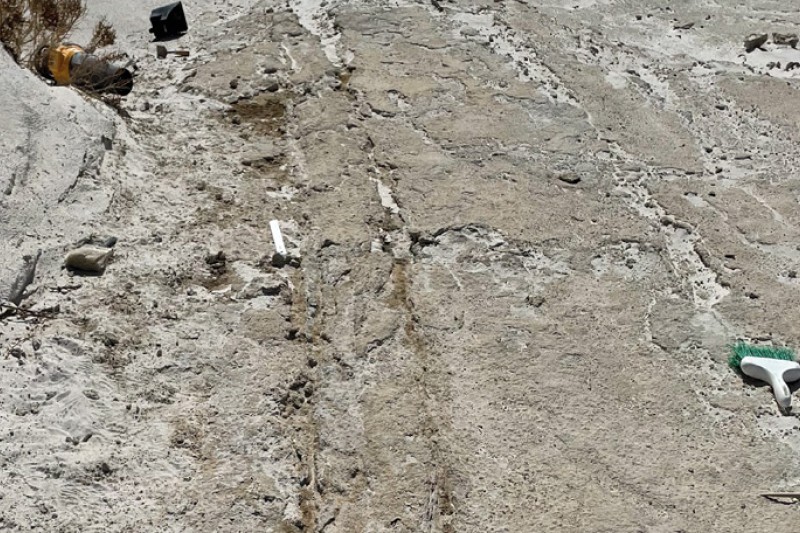
Although some experts continue to debate the exact dating of the findings, the evidence supporting early transportation technology is quite strong. Professor Bennett states that the presence of travois traces at various sites within White Sands National Park indicates that prehistoric populations widely used this method of transport.
This groundbreaking research not only sheds light on the innovative transportation methods of early humans but also deepens our understanding of their migration patterns, enriching the story of the first settlers in the Americas.
The journal Quaternary Science Advances
Cover Image Credit: Reconstruction by Gabriel Ugueto. Credit: Bournemouth University
